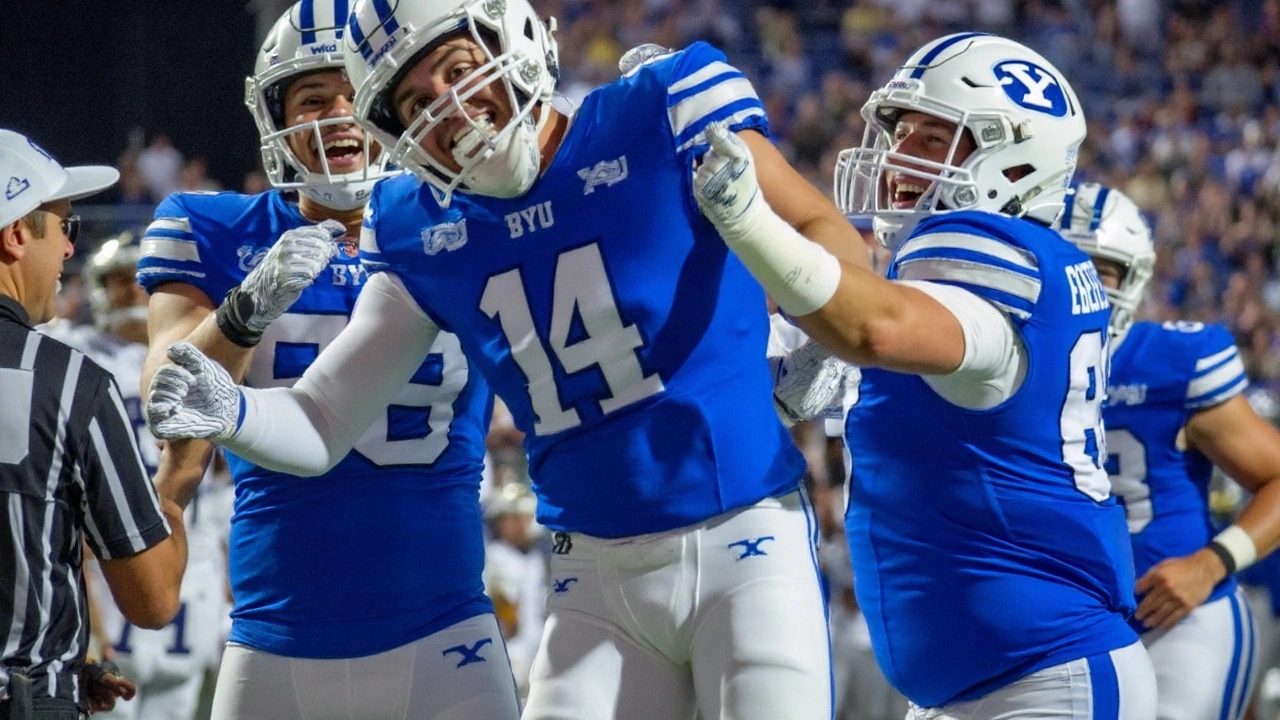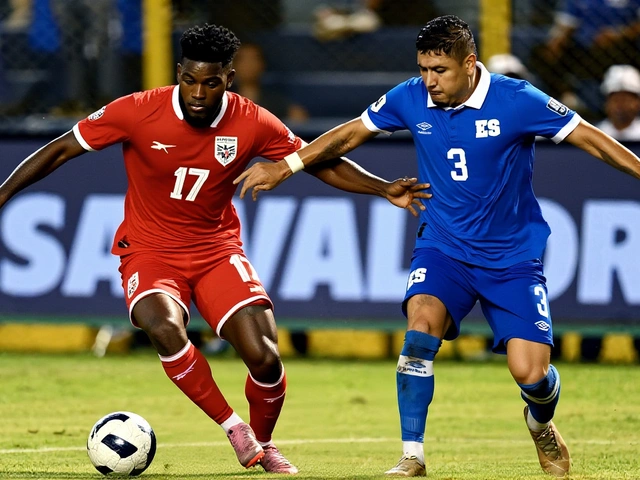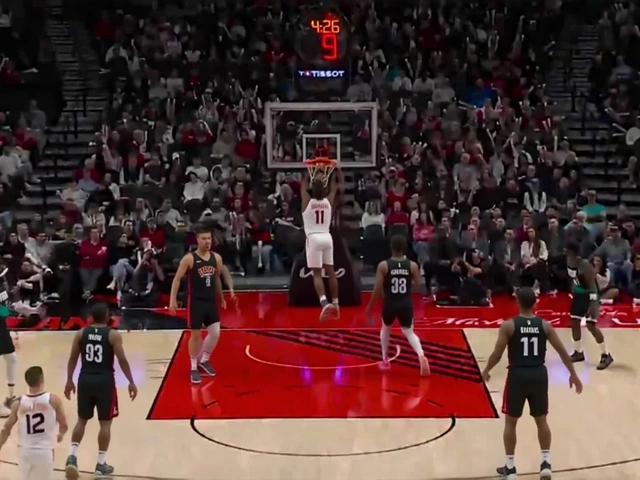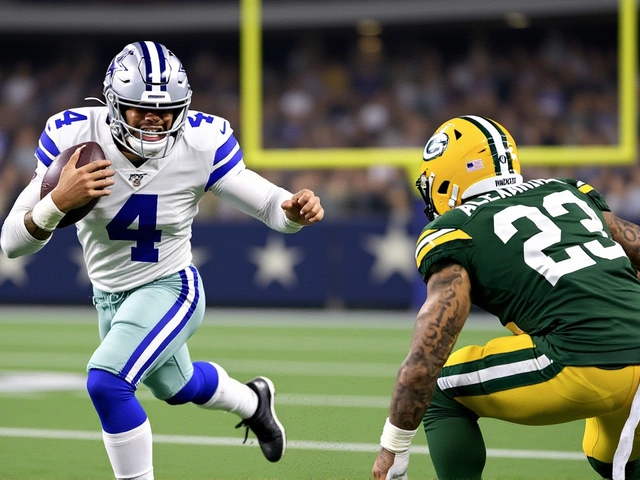Stanford ran into a wall in Provo
One number told the story before halftime: 1.2 yards per snap. That’s all Stanford managed in a game BYU controlled from the opening series to the final whistle, a 27-3 win on September 6 that felt even more lopsided than the scoreboard. In front of a sold-out 64,692 at LaVell Edwards Stadium, the BYU defense punched first, second, and last.
BYU is 2-0 because the plan was sharp and the execution was ruthless. Stanford crossed midfield just once in the first three quarters. The Cougars won the line of scrimmage, outrushing the Cardinal 157-19, and doubled them up in total yardage, 332-161. The defense produced three takeaways and stacked eight tackles for loss, including three sacks, which turned field position and tempo in BYU’s favor all night.
The signature snap came early in the second quarter. Linebacker Jack Kelly shot through on a delayed pressure, wrapped Stanford quarterback Ben Gulbransen, and stripped the ball while finishing the sack. Defensive tackle Viliami Po'uha pounced at the 5-yard line. Points followed, and so did the tone: BYU’s front seven dictated everything.
Kelly headlined a linebacker group that played fast and clean. He and Isaiah Glasker closed outside lanes before Stanford’s backs could cut upfield, and they tackled without wasted steps. When Stanford tried to answer with play-action, BYU’s safeties passed off routes and squeezed windows. Raider Damuni jumped a throw and returned the interception 26 yards to set up more points, one of several snaps where timing and film study showed up.
Coordinator Jay Hill leaned into BYU’s speed. The Cougars slanted their front to disrupt double teams, mixed simulated pressures that looked like blitzes but weren’t, and brought heat off the edge just enough to hurry Gulbransen. The rush rarely arrived with reckless numbers; it arrived with the right numbers. That’s why Stanford’s run concepts — inside zone, duo, and a sprinkling of counter — never found rhythm. The first step belonged to BYU’s defensive line, and the finish belonged to rallying tacklers.
The unit’s discipline stood out as much as its aggression. BYU built walls on the perimeter, kept contain on bootlegs, and forced Stanford to string plays together the hard way. There were no cheap explosives to bail the Cardinal out. When Stanford faced third-and-medium, BYU rushed with balance and plastered routes, producing a string of punts that tilted the night toward the home sideline.
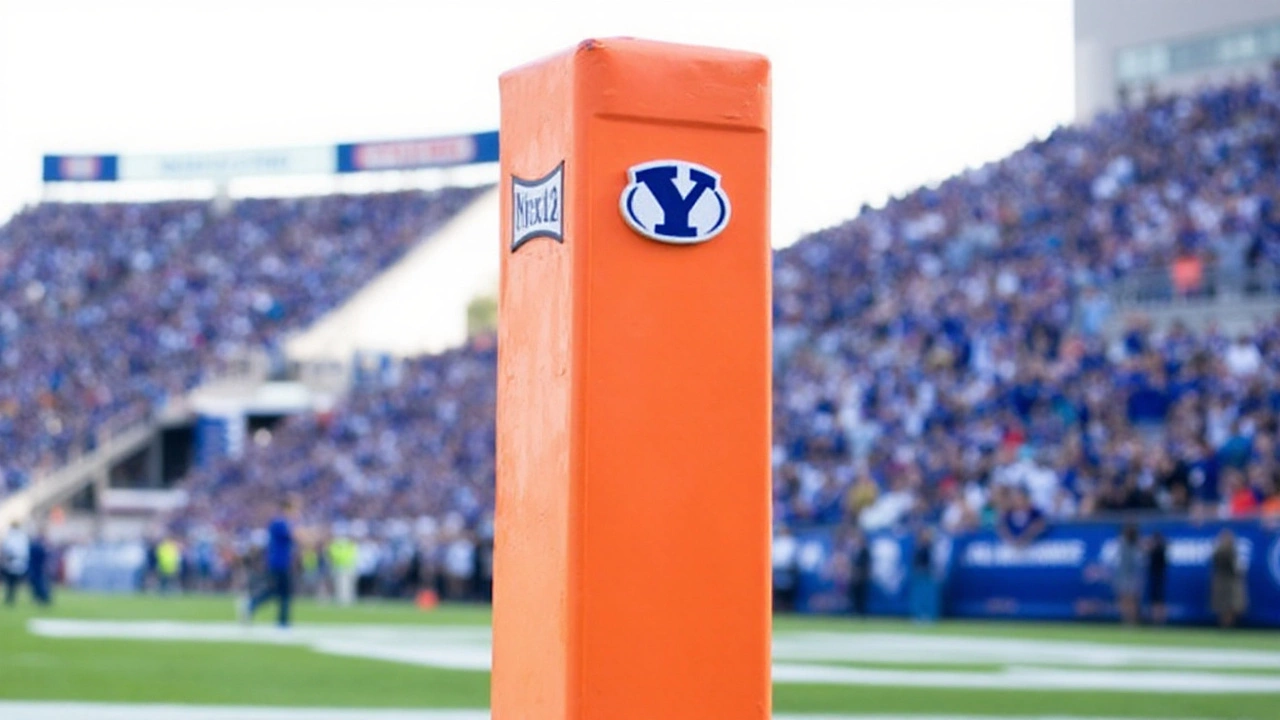
Complementary football, red-zone honesty, and why this win matters
On offense, BYU didn’t need fireworks. True freshman quarterback Bear Bachmeier kept the chains moving with poise. He threw for 175 yards, avoided the dangerous throw, and used his legs for a short rushing touchdown. The Cougars leaned on the ground game to control tempo and shorten the night, then trusted kicker Will Ferrin to cash in drives when Stanford’s defense bowed up near the goal line.
Ferrin’s four field goals weren’t a footnote; they were the difference between a good win and a blowout. BYU owned the middle of the field between the 20s but stalled at times in tight spaces. That’s an honest fix for the next few weeks: sharper red-zone execution, more creative answers on third-and-short, and a cleaner run fit from the offense on goal-to-go. Even with those stalls, BYU never gave Stanford a lifeline because the ball security was spotless — three takeaways forced, zero given back.
Sione Moa’s 8-yard scoring run late in the third quarter was the final shove. It capped a drive built on patient runs and timely throws, the same formula that kept Stanford’s defense on the field and its offense stuck on the sideline. BYU’s offensive line didn’t dominate in highlight fashion, but it won the efficiency game: steady double teams, a consistent push, and very few negative plays. That’s how you end up with a 157-19 rushing edge even without a single long breakaway.
The hidden yardage showed up in field position. Defensive stops turned into short fields. Special teams avoided big mistakes. When BYU did face long fields, Bachmeier took the layups — quick outs, crossers, and backs leaking into space — instead of forcing hero shots. For a freshman, that’s advanced decision-making. It also kept Stanford from heating him up; there wasn’t time for the pass rush to get home.
Stanford’s reputation is built on line play and physicality. That’s what made the night striking. BYU met power with leverage and speed, and the Cardinal didn’t have a counter. On early downs, Hill’s fronts reduced space. On passing downs, coverage dictated the throw, and the rush finished the rest. The result looked like a September blueprint for how BYU wants to win big games: win the trenches, hunt takeaways, limit explosives, and let a young quarterback grow without carrying the night.
Context adds weight to the performance. This was not a sleepy nonconference game. It was BYU’s first chance to test an identity they’ve been building — bigger on the edges, faster at the second level, and smarter with disguise. You felt it in how quickly the Cougars diagnosed motion, how often they forced second-and-long, and how little Stanford’s playbook could do to shake them loose.
There’s still plenty to clean up. The Cougars left points on the field in the red zone. The run game can add more variety on early downs, and the staff will want a few more explosive passes to stress safeties. But those are the kinds of notes coaches love after a 24-point win: fixable issues layered on top of a dominant foundation.
Numbers to remember tell the arc: Stanford crossed midfield once in the first three quarters. Eight tackles for loss, three sacks, three takeaways. A 332-161 total-yard gap. That’s not a single hot quarter. That’s a four-quarter chokehold.
It also matters for what comes next. A freshman quarterback got a full-speed lesson in managing a game, the defense proved it can script and smother against a physical opponent, and the locker room saw what complementary football looks like when each unit holds up its end. As the schedule tightens, this is the kind of tape that travels: stop the run, win third down, protect the ball. It won’t always be 27-3, but this is a style built to win in different stadiums and different weather.
BYU and Stanford hadn’t met since 2022, when the Cougars closed the season with a road win in Palo Alto. Three years later, the roles were clearer from the start. The Cougars dictated the terms, leaned into their defensive identity, and left no doubt about the better team on the field. If you wanted to know what BYU looks like when the plan and the personnel line up, you just saw it — and so did 64,692 who stayed to the end.
